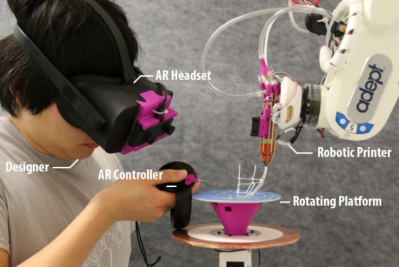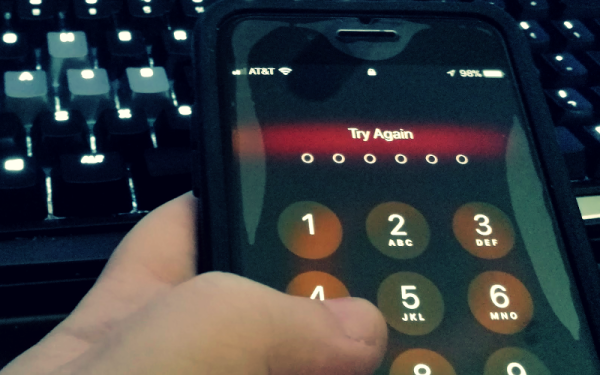Having never use a 555 before, [lonesoulsurfer] decided that his first foray into the world’s most popular and versatile IC would be to use a 555 to make beautiful chiptunes. For that, we commend him. He found [Dean Segovis]’ Slidersynth light-based Theremin and got to work building his own version it and stuffing it into a (knockoff!) NES controller.
For the uninitiated, a Theremin is a touch-less synthesizer that uses human capacitance and a pair of antennae to control oscillation and amplitude. In a light-based Theremin such as this one, the oscillation is controlled by the intensity of photons from a white LED and their interaction with a light-dependent resistor, also known as a photocell or ‘squiggly resistor’.
The oscillations themselves are created by wiring up the 555 as an astable oscillator, and the pitch is controlled with a potentiometer mounted on the back. It has a small built-in speaker, but [lonesoulsurfer] replaced the B button with a 3.5 mm audio jack so he can plug it into a powered speaker and really rock out. We’ve got his demo tape queued up after the break.
We love pocket instruments around here. If you prefer brass and woodwinds, this pocket woodwind MIDI controller just might draw your lips into an O.
Continue reading “NES Controller Slider-Based Light Theremin”


















